Introduction

The Meyer-Optik Görlitz Domiplan is a very small and compact lens, a classical anastigmatic triplet lens. It was the standard kit lens on EXA II cameras but was also sold as kit with many EXA I & Praktica cameras. Opinions on the Domiplan are very different. Some love it for its sharpness and its bokeh, especially its so-called “Soap Bubble” bokeh, others think it is nothing more than average in performance. In the manufacturer’s brochure of this lens from 1960 you can read:
“With our new Domiplan 2.8/50 mm we have combined the advantages of the modern lens mount and the fully automatic pressure diaphragm with an extremely inexpensive three-lens construction.”
I’ll come back to “the fully automatic pressure diaphragm” later in the review. Also as the first point in a features list in the same brochure you can read:
” – Inexpensive three-lens anastigmat of the proven triplet type”
The underlining is done by me, not in the original text. So it should be clear that we are dealing with a cheap and simple lens. Just to have our expectations at somewhat right levels. Do not despair though! It can produce very nice pictures and is quite cheap too. Continue reading and it might be the next lens you invest in after all. Let’s have a closer look!
Sample Images





Most of the sample images in this review and many more can be found in higher resolution here.
Specifications
Focal Length: 50mm
Aperture Range: 2.8 – 22
Number of Aperture Blades: 6
Min Focus: 0.75m
Filter Size: 49 mm
Lens Mount: EXA I, EXA II, Exakta, Praktica, Pentacon, M42
Weight: 135g
Length: 40mm
Elements/Group: 3/3

Variations

The earlier and most widespread versions of this lens is the so-called “zebra” version with silver/black checkered grip rings for aperture and focus. The zebra version came in two variants one with a lever at the base of the lens and the other without one. The latest version is all black. Although the black version is newer, all versions are identical in regards to optical construction and should have the same optical performance. I have used both the checkered and the all black version for this review, both of them with M42 mount.

Handling
The lens is very small and light and feels cheap in terms of build quality and material used. It was meant to be cheap from the beginning though. The B&W checkered version is all metal though. It is known that the lens has problems with its aperture mechanism as it is prone to breaking, probably due to the cheap materials used inside the lens. I am normally very fond of small lenses but in this case it has made the lens too fiddly to use. The focusing ring is too narrow and too close to the aperture ring, which makes the operation somewhat difficult but has good resistance/feel with good grip on the all black version.
The optical composition of the lens is a Cooke Triplet designed in 1893 by Dennis Taylor in the UK. It is a three glass elements in three groups design, the same optical design as the several times more expensive Meyer-Optik Görlitz Trioplan.
Aperture ring is marked from 2.8 to 22 and stop clicks both at full-and half f-stops. Apropos aperture settings, let’s talk about this “fully automatic pressure diaphragm” feature. There is a stop-down pin on the rear of the lens that stands out of the plate in its normal position. On EXA/Praktica cameras this pin was depressed when you pushed the shutter release button to close the aperture to the set value. Otherwise the aperture is always wide open irrespective which aperture setting you have chosen on the lens. This would allow you to focus with wide open aperture, which makes the focusing easier then stopped down because the viewfinder image is at its brightest when the aperture is wide open.

Fortunately the adapter that I have for my mirrorless camera pushes this pin all the way in and holds it there, that closes the aperture to the set value at all times and I don’t need to worry about it, otherwise all the pictures would be taken at f/2.8 no matter what I have set on the lens.

Optical Features
Sharpness (infinity)
Let’s look at the sharpness and three points in the frame as marked in the image below!



Sharpness in the center of the image is just OK/usable at f/2.8. At f/4 it is good and from f/5.6 and smaller the center sharpness is very good. Midframe is not so good at larger apertures and needs to be stopped down to f/5.6 for OK and to f/8 for good sharpness and to f/11 for very good. Corners are just bad, first stopped down at f/11 they are just OK, which looks to be the sweet spot for across the frame sharpness. At f/16 it still looks OK across the frame while diffraction effect starts showing, at f/22 diffraction effects decrease overall sharpness a tad.
The contrast is low at all f-stops.
It doesn’t look to be an optimal lens for landscape photography, So let’s look at the portrait and closeup sharpness.
Sharpness (Portrait)
For portrait photography we look at the sharpness in the image center, inner center circle and outer center circle on either side of the third rule intersection.
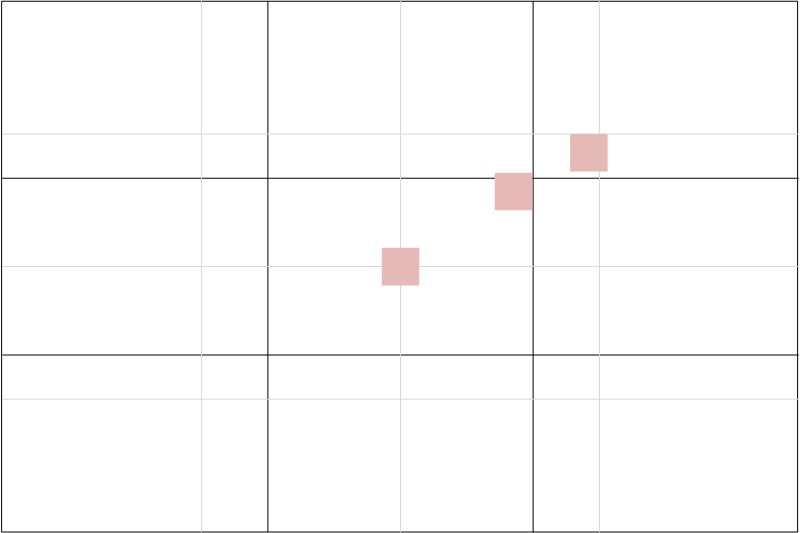
Focus is set on Greta’s left eye. The center sharpness is about OK/usable, the inner midframe is just OK if you are after a “dreamy” look in your portrait, the outer midframe is just too soft. I would not use this lens for portraits unless I have to (like no other lenses are available in the world).

Sharpness (Close-up)
For Close sharpness we look only at the center of the image and different f-stops. I used the following setup and LR settings.








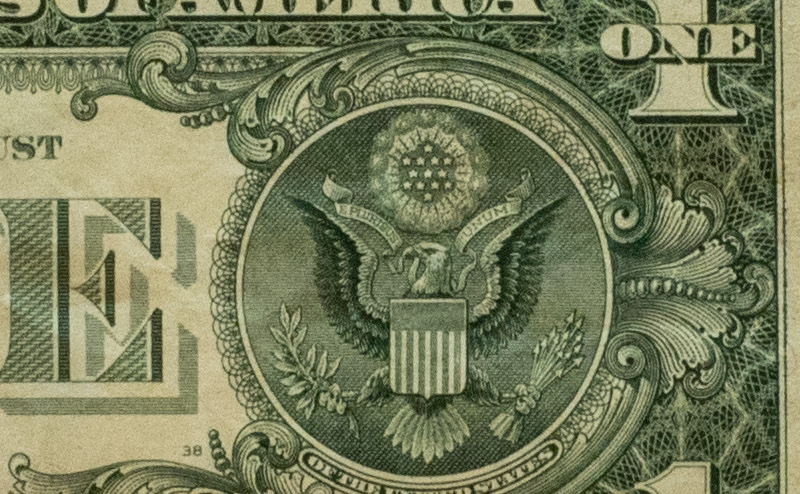
We are now looking only at the center. At f/2.8 the sharpness is OK/good. At f/4 it becoms quite good and f/5.6 very good. At f/8 excellent sharpness. At f/11 almost as good as f8. F16 sees some deterioration of the sharpness and f/22 gets worse.
As with 0.75m MFD the close-up work ability is not much to cheer about I thought i’d test the lens on an 1.5x crop factor APS-C camera to see the result when getting the benefit of the magnification.
Here is the result of the test on a Nikon D7200 APS-C camera with a higher pixel density:

All of sudden you get a huge minimum focusing distance improvement (more than 1.5x). The reason? Nikon D7200 is a Nikon DSLR with Nikon’s F mount. On Nikon F mount cameras the flange distance (46.5 mm) is larger than M42’s camera flange distance (45.46 mm). So mounting a M42 lens without even any adapter (if it was possible) on a Nikon DSLR is like having an extension tube between the camera and the lens. But that is not possible and you do need an adapter, which is about 4 mm thick in my case. So mounting the M42 on a Nikon with F mount with adapter is like having an extension tube of a little more than 5 mm between the lens and the camera. So the extension tube magnification effect (or ability to get closer to the subject) plus the APS-C magnification effect results in this drastic change.
This is the 100% crop of the center of the image above.

Great! Good enough sharpness too, jack-pot you would think. For close-up works only though. You lose the ability to focus on anything further than about 1 m (same effect as if you would use any extension tube between any lens and any camera). Maybe not too bad after all because as I mentioned earlier, I would not use this lens for landscapes anyways and for portraits I can use other lenses, so mostly close-ups, then it should be fine.
But unfortunately that is not all. Do you remember that “fully automatic pressure diaphragm” feature and the pin on the rear plate? Well the adapter that I have for my APS-C camera does not depress that pin, As a result all pictures I take with that adapter on any nikon DSLR will be taken with wide open aperture at 2.8.

So on Nikon DSLR (any format) with that adapter only close-ups and only at f/2.8. You could do a small irreversible operation to fix it, just put a small amount of super glue on the pin and hold it down until the pin is glued depressed. I have not done it yet and may or may not do so in future either because if you keep reading you’ll find that you may be happy anyway to use this lens only wide open and never want to use any other apertures than 2.8 .

Lens Distortion
The lens does not show any distortion, as close to perfect as you can get. Very good, pitty that this lens is not good for architecture photography.


Vignetting
The vignetting at f/2.8 it is about 1.7 stops, at f/4 and f/5.6 around 1 stop and at f8 it gets to 0.7 stop .

Flare Resistance
No resistance here. Have the sun in the frame and you will have all kinds of flare. The lens suffers from both veiling, ghosting, and lens flare.
Nikon Z6 | Meyer-Optik Görlitz Domiplan 50/2.8 | f/2.8 (All 3 images)
Chromatic Aberrations
There is some CA in the corners although not very noticeable in normal real life situations. Looking at the left and right corners of the image used for the close-up sharpness test earlier in this review you can see the purple and yellow/orange color fringes, which can be easily fixed post.
Coma
There is severe sagittal aberration in the images take with this lens that gets a little better by each stop but does not completely clear up before f/11. This is not good.

Sunstars
You can get 6 pointed stars from f/4 and smaller. They get better from f/5.6 and very well defined from f/8. Unfortunately, as mentioned before, with the sun in the image you get flare of different kinds as well.

Here is the crop from the center of the image above at different f/stops.

Focus Breathing
One application that vintage lenses have good potential for is video filming. Among other features of a lens there is one extra optical feature that is important here and that is the focus breathing, why I test it here. Unfortunately this lens suffers from heavy focus breathing as you can see in the following before/after image.

Bokeh
Well, this is, in my opinion, the most exciting part of this review as anybody that buys this lens should be buying it for its bokeh and not its across the frame sharpness or its flare resistance. This lens is among few lenses that can deliver the so-called bubble bokeh, where there are obvious lines around bokeh circles. First a look at a scenario where no small light points are in the background. One with a subject at 0.75m from camera in focus and one with a subject 1.5m away in focus:
and then in an image with light sources in the background, where the true strength of this lens can show off

In the image above I have used some light/contrast/color/clarity adjustments to highlight the shell’s structure.

Conclusion
| WHAT I LIKE | NOT GOOD / NOT BAD | WHAT I DON'T LIKE |
|---|---|---|
| Bokeh Balls Price | CA Sunstars Center sharpness Size | Flare Resistance Build quality Sharpness midframe Sharpness edge/corners Min Focus Distance Contrast |
It is definitely not a lens for your everyday photography (not for your every other day photography either for that matter), it’s simply not good enough for that, but you shouldn’t expect that from any lens that you can buy for $30-$50. Stopped down the lens is okay, not a disaster, but the edges and corners never really sharpen up and the midframe is also weak, contrast is low, flare is a huge problem and build quality is not the normal “German standard”, to be nice. I am constantly afraid of breaking it while I am using it.
For normal photography, both mechanically and optically, I would say it is a garbage lens, don’t even look at it.
This is a vintage lens though and you do get it for the look of the images or actually for the look of its bokeh with its soap bubble effects. In that sense this lens is such a strong performer. If you like this effect, I highly recommend the lens for that (and only that). You can spend a lot more money on lenses with good reputation for creating soap bubble bokeh (e.g. the Meyer-Optik Görlitz Trioplan, which I review in another article) that don’t produce any better results. Keep in mind though, you should only use it at its widest aperture and you will get a lot of wide open wow shots in “right conditions”. After all it’s more about finding those conditions than the lens itself, no lens in the world can create soap bubble bokeh unless the conditions are right. If you know its strengths and weaknesses then you can certainly have a lot of fun with this lens.
If you are interested in buying this lens or any of the lenses in the Alternatives section you can support our efforts by using the links below or given under each lens. It won’t cost you a penny and it won’t affect the price but helps us a little.
Buy used: ebay.com, ebay.de, ebay.co.uk, ebay.com.au (Affiliate links)
Alternatives
We are only going to mention lenses regarding the bubble bokeh effect. Many vintage lenses can create bubble bokeh in the right conditions, it’s actually less about the lens and more a question of finding the right conditions. Even the most famous bubble bokeh lenses can’t produce bubbles in wrong conditions but some lenses are capable of doing it easier and with more pronounce shapes than others. The most famous ones are
Fuji Fujinon 55/2.2
Buy from: ebay.com, ebay.de, ebay.co.uk, ebay.com.au (affiliate links)
Super Takumar 55/1.8
Buy from: ebay.com, ebay.de, ebay.co.uk, ebay.com.au (affiliate links)
Auto Mamiya/Sekor 55/1.4
Buy from: ebay.com, ebay.de, ebay.co.uk, ebay.com.au (affiliate links)
Meyer-Optik Görlitz Primotar 50/3.5
Buy from: ebay.com, ebay.de, ebay.co.uk, ebay.com.au (affiliate links)
Meyer-Optik Görlitz Trioplan 100/2.8
Buy from: ebay.com, ebay.de, ebay.co.uk, ebay.com.au (affiliate links)
Meyer-Optik Görlitz Trioplan 50/2.9
Buy from: ebay.com, ebay.de, ebay.co.uk, ebay.com.au (affiliate links)
Meyer-Optic Görlitz Oreston 50/1.8
Buy from: ebay.com, ebay.de, ebay.co.uk, ebay.com.au (affiliate links)
Pentacon 50/1.8
Buy from: ebay.com, ebay.de, ebay.co.uk, ebay.com.au (affiliate links)
More Sample Images










Most of the sample images in this review and many more can be found in higher resolution here.
Further Reading
- REVIEW: PENTACON AUTO 50 MM F/1.8 MULTI COATING
- CANON NEWFD 50MM F/1.8: A REVIEW
- REVIEW: MINOLTA MC ROKKOR 1:1.7 55MM ON SONY A7
- REVIEW: MINOLTA AUTO ROKKOR-PF 55 MM F/2
Support us
Did you find this article useful or just liked reading it? Treat us to a coffee!

(Donations via Paypal)
This site contains affiliate links for which I may receive a small commission if you purchase via the links at no additional cost to you. This helps support the creation of future content.
Martin
Latest posts by Martin (see all)
- REVIEW: Carl Zeiss Jena Pancolar 50mm f/1.8 MC - January 11, 2026
- Analogue Photography: Part 5 – Kodak ColorPlus 200 at Nostalgic Car Show - January 7, 2026
- REVIEW: 7Artisans AF 24mm f/1.8 - January 4, 2026
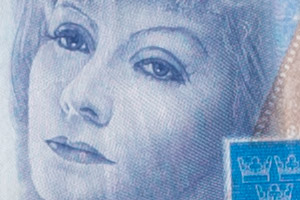









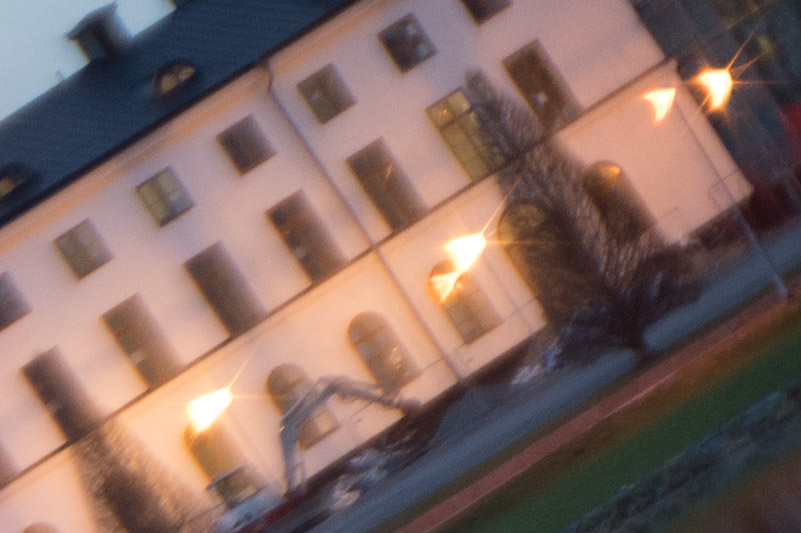







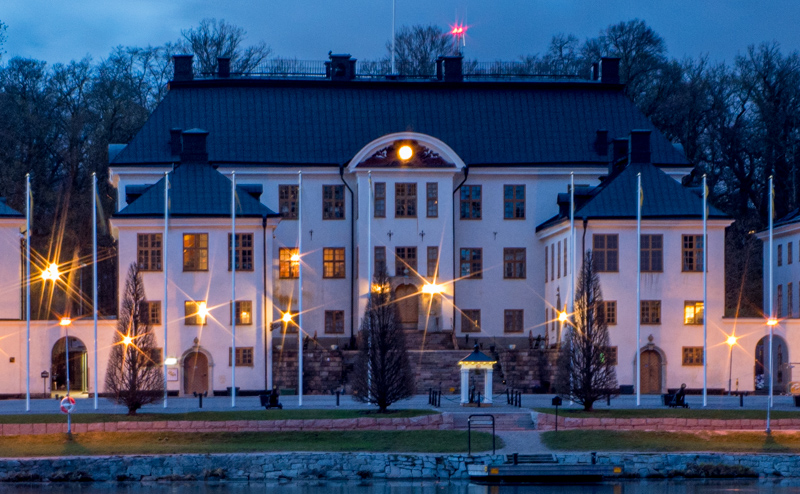


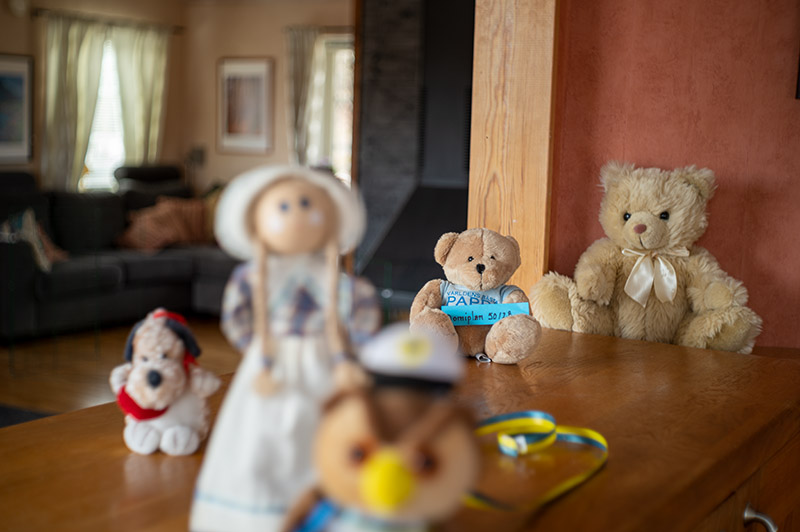
Considering the only real use for this lens today (which you described well), I use it adapted to a helicoid (Sony FF camera + thin M42 flange adapter + 25-55mm focusing helicoid). This way I can focus from infinity to almost true macro territory and MFD of the lens doesn’t bother me. Sharpness is actually pretty good for close up images in “real world” and aberrations aren’t a problem.
Another positive (but this one is a relative to taste, camera and processing) is colour rendition. Colours are pretty natural and nice, probably due to having so few glass elements.
What’s also worth mentioning is copy variation, and this isn’t related to poor manufacturing (well, the design is pretty stupid), but poor CLA. Many copies perform extremely poorly, and that’s because people touch those three screws just outside the rear element. Since they were used to center the lens… Yeah.
Yes, it is a good lens for closeups if you can make it focus up close, as you have done.
I swear everytime a review gets posted here I always buy it the reviews are too good.
Thanks Joel. I’m going to sell mine as I need the money for buying other lenses to review.
In the early 1970s my Practica Super TL came with the zebra version. The kit cost me 55hrs of wages at the time. Two years later I purchased a black Spotmatic ] [ kit with a 50mm F1.4 that cost 175hrs of wages. Ah the struggle of a teenager shooting high school events indoors with pushed TriX and an f2. 8 lens.
Good memories 🙂
Nice review (again) Martin, I fully agree with your findings. This lens has another trick on its sleeve. Since its single coated and contains only 3 lens elements without any glue it is quite transparent for UV as well. I use a full-spectrum Z6. From my own experience: The Fujinon 5.5 f2.2 Umar 4 /4 lens design is much better concerning sharpness, also in UV !
Some other soap bubble lenses you can add to your list: Meyer 180 f 5.5 4/2 design. All those great Tomioka made 55 mm f1.4, Auto Sears, Ricoh, Revuenon etc. Fujinon 55 mm f1.8. Pallas 55 f1.8 (great) . Tamron 90mm f2.5 if you reverse the last element 😉 . Nikkor 105 mm f2 and 135mm f2 when you set the Defocus tp F, it gets similar to the trioplan 100mm but with much better sharpness, the focal length will be reduced a bit. And there are more.
Many thanks Bjorn. Interesting alternatives to consider. I’ll have a look at them in time.
excelente información gracias
Martin, a couple of extra points.
The iris mechanism is pretty strong and rarely – if ever – breaks. The issue is that, its construction does not shield the iris drive mechanism effectively from the helicoid, so that the helicoid grease can sublimate, migrate and then gums up the iris mechanism, making it slow, or even inoperative. It is a reasonably simple, albeit fiddly operation to rectify it.
Another issue is common to Meyer lens of this period with automatic diaphragm. The rear cell is centred by the use of three small grub screws, and if a repairer unfamiliar with Meyer lenses, he might take them out to further disassemble it, and that would upset the centering of the lens, ruining the performance.
Also, “fully automatic” diaphragm refers to the iris shutting down to its set value just prior to shutter rundown, and then opens up after shutter capping, with no need to prime the iris mechanism. Pentacon and Zeiss were quite particular to differentiate between “automatic pressure diaphragm” and “automatic spring diaphragm”. The former holds its set value as long as the activator pin is held down, but with the evolution of the iris actuation system in the camera body itself, namely the advent of the Praktica L-series, they have become practically irrelevant.
OK, thanks for all this very detailed technical info.
I have just put together this lens and fixed it .it was in a bag with moisture bag ..I’m going to test it not as comprehensive as yours but mount it on my adapter let nikon do the work manual and I’ll see how it performs .
Good Luck!